B-- Breakfast L-- Lunch D-- Dinner
-
Day 1 Lhasa Arrival
Welcome to the roof of the world! You will be picked up by local tour guide at the airport hall or train station, and then be escorted to your hotel in Lhasa city in a private vehicle. After arrival at your hotel, the rest of the day is free for you to explore the local areas and acclimatize yourself to the air, temperature and high altitude of Lhasa.
High Altitude Acclimation Tips: 1) go for some leisure walking to acclimate the high altitude but avoid strenuous activity after arrival; 2) you’d better not have bath, in case of catching a cold; 3) drink more water, and have some fruit; 4) have a good rest.
Accommodation: Overnight in Lhasa
-
Day 2 Lhasa ( B )
Start today’s Lhasa exploration with an exciting visit to the landmark - Potala Palace which is regarded as one of the most beautiful architectural building in the world. You will climb up the palace along the zigzag stone paths with white-and-red walls to the top of the palace where you can not only appreciate the exotic Tibetan-style architecture, but also get a great view of Lhasa’s urban areas, then walk into the inner space of Potala Palace to explore the stately chapels and learn about the history of the palace.
Continuing your exploration, you will then get to Jokhang Temple which is considered as the spiritual heart of Tibetan Buddhism. Each day, there are thousands of pilgrims coming from different places in Tibet to the temple to worship to the Buddha. This temple is also known as the “house of Buddha” because it keeps the precious Jowo Rinpoche, the life-sized (5 foot/1.5m) image of the Shakyamuni at the age of 12. The last site for today’s exploration is the famous Barkhor Street. It is a circular and wide street encircling the Jokhang Temple. The local people like to walk on the street for several circles usually in the late afternoon as a daily tradition of pilgrimage. The street also has many shops selling a wide variety of traditional Tibetan goods, religious items and handcrafts.
Tips of Today: 1) there are 1,080 steps up to climb to the top of Potala Palace, so don’t walk in a rush, which may cause high altitude sickness; 2) taking photos is not allowed inside the palace; 3) today you will be mainly outside, please bring some water, a hat, sun cream, and sun glasses with you.
Accommodation: Overnight in Lhasa
-
Day 3 Lhasa ( B )
After breakfast, you will firstly go to visit the beautiful Norbulingka which used to be the former summer palace of Dalai Lamas in the ancient time, and now is a public park. It is famous for its Potrang, the private palaces of former Dalai lamas with grandiose Tibetan architecture style. Next, drive several kilometers to the western outskirts of Lhasa to visit Drepung Monastery. Drepung, in Tibetan, means “prosperity”. Since its establishment, Drepung Monastery has always been one of the most important Buddhist monasteries in Tibet. In its heyday, there were more than 10,000 monks lived and studied in the monastery. Throughout its history, many important and famous Tibetan leaders used to study here, especially the Dalai Lamas. So Drepung Monastery is also respectfully known as the “Mother School of Dalai Lamas”.
In the afternoon, you will be taken to another famous monastery in Lhasa - Sera Monastery. It is famous for the spectacular “Buddhism Debating”. As a daily routine, the monks gather in a courtyard, and debate on the Buddhist doctrines with supplemented gestures, which is thought to be helpful to facilitates better comprehension of the Buddhist philosophy to attain higher levels of study. After enjoying the "Buddhism Debating", you will be transferred back to the city. The rest time is your own free time to rest.
The Etiquette of Visiting Monastery: 1) you shouldn’t wear short and uncover shoulders; 2) taking off your sunglasses and hat before entering the chapels; 3) taking photos is usually not allowed inside the chapels.
Accommodation: Overnight in Lhasa
-
Day 4 Lhasa - Ganden Monastery - Bayi Town ( B )
Today, you are going to drive about 6 hours along the well-paved 318 National Road to Nyingchi, the Switzerland of Tibet. On route, you will take a side trip to Ganden Monastery - the first monastery of Gelug Sect of Tibetan Buddhism. It was founded in 1409 by the great master Tsongkhapa (1357-1419), which makes the monastery as one of the most important monasteries in Tibet. Ganden, in Tibetan, means "happiness and contentedness". So it is very meaningful to visit this temple. Ganden Monastery is also an architectural masterpiece with many features of traditional Tibetan-style monasteries. It made fully use of colors to create a sense of holiness and solemnity - white paths, red walls, black windows, golden roofs, yellow curtain. From the monastery, one can also enjoy a stunning panoramic view of surrounding mountains and valleys. Besides, there are a lot of infrequent cultural relics and handicrafts kept in the monastery.
After arrival at Bayi Town, you will be transferred to check in your hotel. The rest of today is free for you to explore this peaceful town.
Tips of Today: 1) wear warm clothes to prevent from cold and wild; 2) pack some food and drinks with you because you will spend much time on the road.
Accommodation: Overnight in Bayi Town
-
Day 5 Bayi - Lulang ( B )
oday will be a pleasant full day of natural vision feast. Driving only about 1.5km out of the town, you will see the most famous and magical tree in Nyingchi area - the King Cypress which is about 50 meters tall and more than 2,500 years old. Leaving the King Cypress, you will move to the next attraction of today – Kading Valley. The highlight is a 200 meters high waterfall rushing out from a narrow valley between two mountains and dropping down rapidly. The most magic wonder is that a scene of Buddha is partly hidden and partly visible in the waterfall.
In the afternoon, you will explore the best highlight of today - Lulang Forest. It is a 15km long, 1km wide narrow valley of wild forests and flowers, grasslands and streams. Lulang, in Tibetan, means “Dragon Valley” or “the place where you won’t be homesick”. On the both sides of the valley are lofty green mountains covered by prosperous spruce, pine trees and brush. At the foot of the mountain are the beautiful meadows and villages. Winding streams flow through among the wooden houses. Wild flowers of different colors dot on the meadows. Look into distance over the valley are enormous snow-capped mountains. All these sceneries make Lulang a dream land.
Drive back to Bayi for accommodation.
Accommodation: Overnight in Lulang
-
Day 6 Bayi - Basum-tso Lake - Lhasa ( B )
Today, we will drive back to Lhasa from Bayi Town. The whole journey will take about 7 hours, with a wonderful sidetrip to beautiful Basum-tso Lake.
The jade lake Basum-tso Lake is called as Cuogao Lake in Tibetan, meaning the green water. Surrounded by snow-capped peaks and natural forest, the lake is known for its primitive beauty and tranquility. Covering 26 square kilometers, the dark blue lake surface looks like a mirror, and clearly reflects the tall snow mountains and green plants in the lake, just like a picture. Besides, the lake is also a holy lake for Tibetan Buddhism Nyingma Sect. There are also a sacred Nyingma temple sited in a small island in the central lake for the pilgrims to worship to the Buddha, and a “magical hole” nearby the south shore for people to pray to the Buddha for a child. Combining beautiful scenery and amazing legends, Basum Lake is such a holy and spectacular place to explore!
Have a good rest in Lhasa City.
Accommodation: Overnight in Lulang
-
Day 7 Lhasa Departure ( B )
Today is free for you until your tour guide transfer you to the airport in time for your flight or drop you off at Lhasa train station.
Tips of Today: 1) please pack your luggage carefully, especially for small things like camera charger, power adaptor, mobile phone, phone charger, wallet and towel; 2) If your flight is arranged in the afternoon, please make sure you check out the hotel before 12pm.
Accommodation:

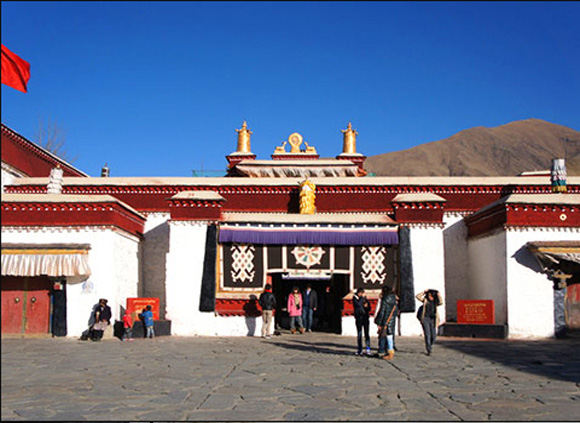 6 Days Lhasa and Ganden Monastery Biking Tour
6 Days Lhasa and Ganden Monastery Biking Tour 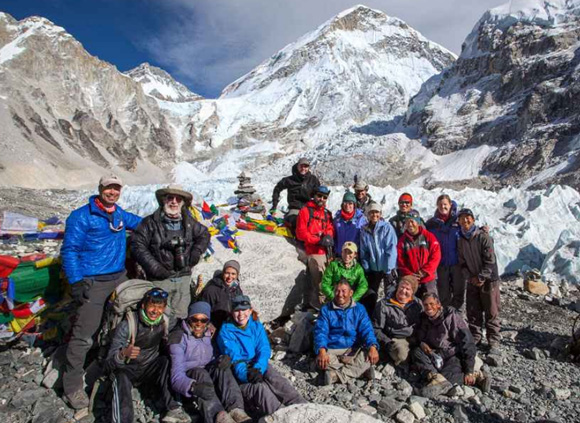 15 Days Tibet Nepal Bhutan In-depth Tour
15 Days Tibet Nepal Bhutan In-depth Tour 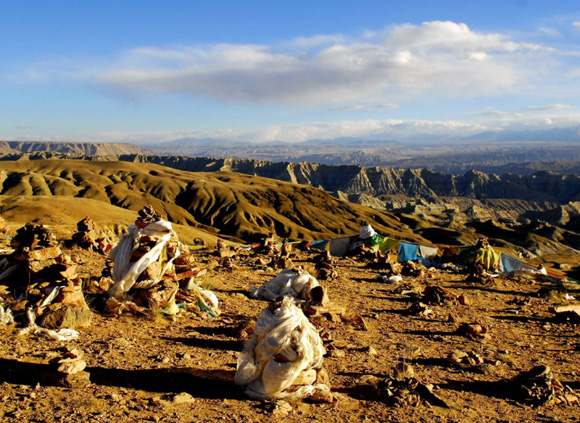 8 Days Kathmandu to Lhasa Tour by Flight
8 Days Kathmandu to Lhasa Tour by Flight 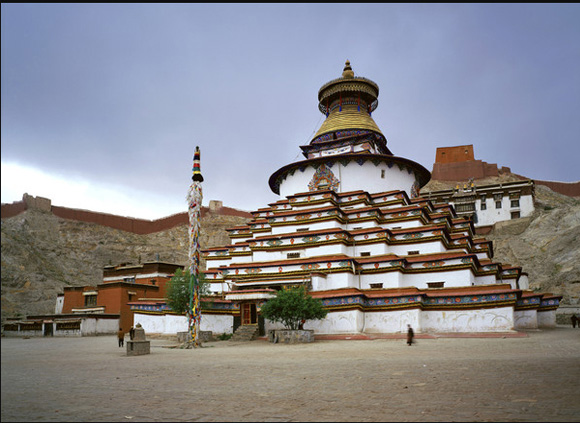 3-Day Kathmandu Standard Tour
3-Day Kathmandu Standard Tour 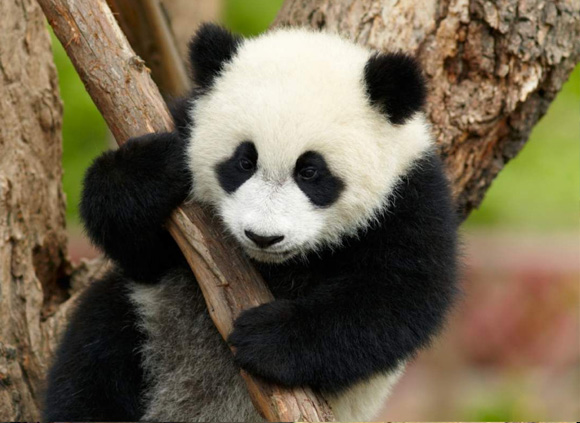 22 Days Lhasa to Kathmandu Biking Tour
22 Days Lhasa to Kathmandu Biking Tour 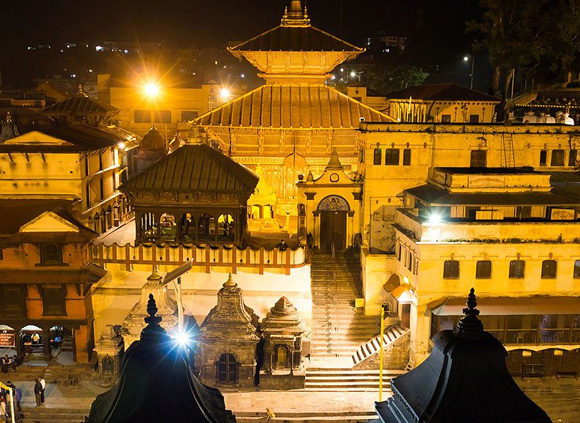 18 Days Cycling Tour from Golmud to Lhasa
18 Days Cycling Tour from Golmud to Lhasa 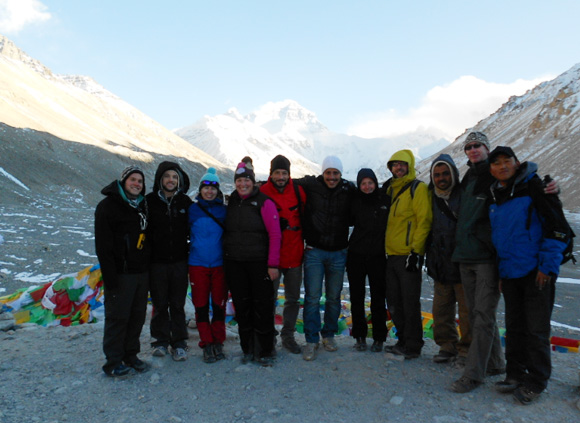 16 Days Lhasa to Everest Base Camp Biking Tour
16 Days Lhasa to Everest Base Camp Biking Tour 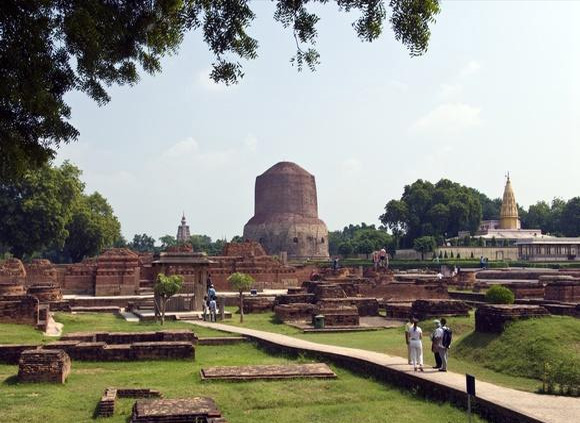 10 Days Central Tibet Tour with Everest Base Camp
10 Days Central Tibet Tour with Everest Base Camp 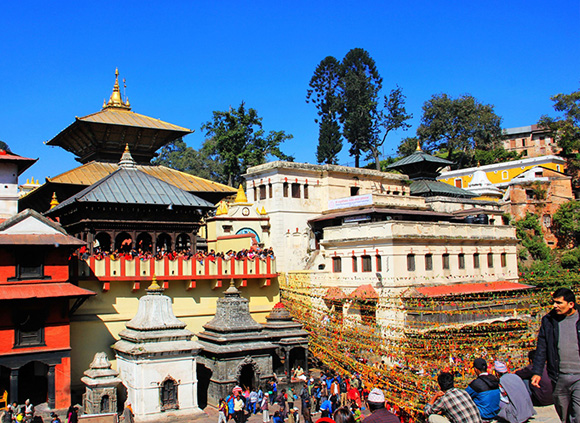 7 Days A Week Tour to Everest Base Camp
7 Days A Week Tour to Everest Base Camp 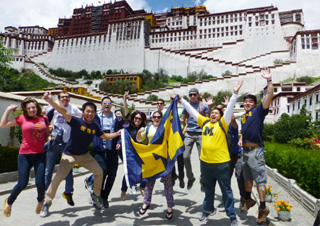
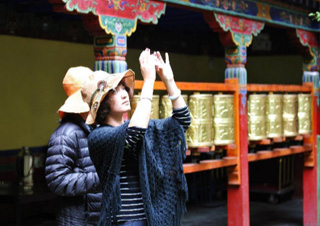
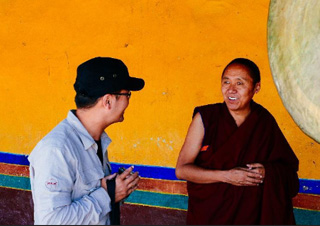
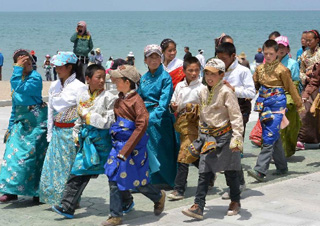
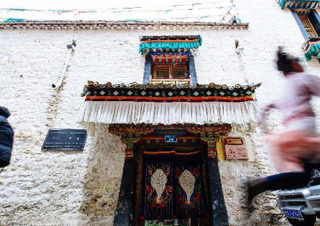
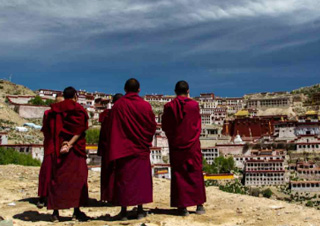
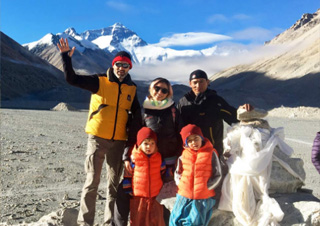
 Data in submission...
Data in submission...


